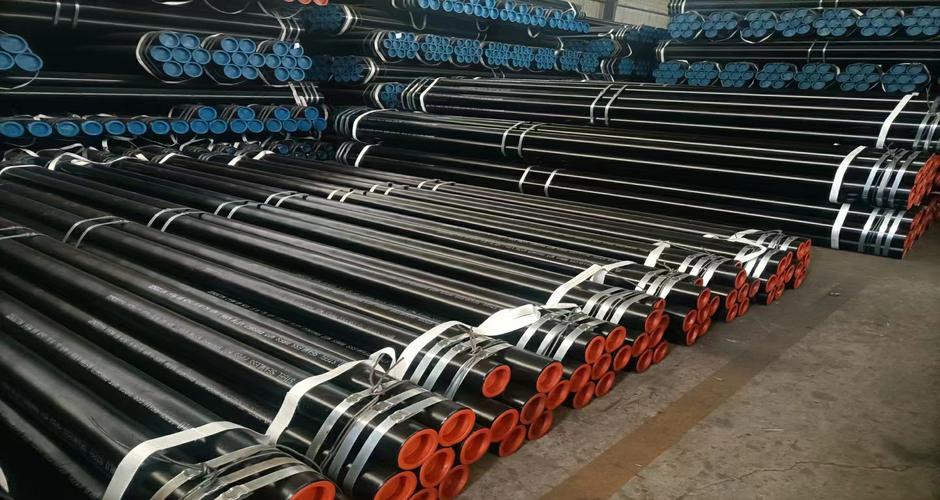API 5L Gr.B seamless pipes and A106 Gr.B seamless pipes are two commonly used types of seamless steel pipes. Despite their similarities, they differ in terms of design purposes,
standard specifications, and specific applications. Here are the primary distinctions between them:

1. Standards and Application Scope
API 5L Gr.B
Standard: Established by the American Petroleum Institute (API) under the API 5L standard.
Application: Primarily used in pipeline systems for transporting oil, natural gas, and other fluids, suitable for long-distance transmission lines.
Features: Emphasizes material strength, toughness, and corrosion resistance to meet the demands of high-pressure environments and harsh conditions.
A106 Gr.B
Standard: Established by the American Society for Testing and Materials (ASTM) under the ASTM A106 standard.
Application: Used mainly in industrial piping systems operating under high temperature and pressure, especially in boilers, heat exchangers, and steam pipelines.
Features: Focuses on high-temperature performance and creep resistance, making it ideal for long-term use in high-temperature environments.
2. Material Composition
While both have similar chemical compositions, there are slight differences:
API 5L Gr.B
Chemical composition requirements are more lenient, particularly regarding carbon and manganese content.
More emphasis on weldability and impact toughness.
A106 Gr.B
Stricter control over chemical composition, especially precise limits on elements like carbon, manganese, and silicon.
Greater focus on high-temperature performance and mechanical properties.
3. Mechanical Properties
API 5L Gr.B
Tensile Strength: 415-760 MPa
Yield Strength: ≥245 MPa
Elongation: ≥20%
Emphasizes toughness and impact resistance, particularly at low temperatures.
A106 Gr.B
Tensile Strength: 415-760 MPa
Yield Strength: ≥240 MPa
Elongation: ≥30%
Focuses on creep resistance and sustained strength at high temperatures.
4. Manufacturing Process
API 5L Gr.B
Can be either seamless or welded pipes (such as spiral-welded or longitudinal-welded pipes).
Often used for large-diameter pipes, commonly seen in long-distance transmission lines.
A106 Gr.B
Must be seamless pipes.
Typically used for small-diameter, thick-walled pipes, frequently found in high-temperature, high-pressure equipment.
5. Application Fields
API 5L GRB
Suitable for fluid transportation such as oil, natural gas, and water pipelines.
Ideal for long-distance transmission lines, especially under high-pressure and harsh environmental conditions.
A106 GRB
Suitable for industrial boilers, heat exchangers, and steam pipelines.
Preferred for industrial equipment operating under high temperature and pressure.
If you need pipes for transporting oil, natural gas, or other fluids, especially in outdoor and harsh environments, choose API 5L Gr.B.
For high-temperature, high-pressure industrial piping, such as boilers or heat exchangers, A106 Gr.B is the better choice.
We hope this information helps you better understand the differences between these two types of pipes!
